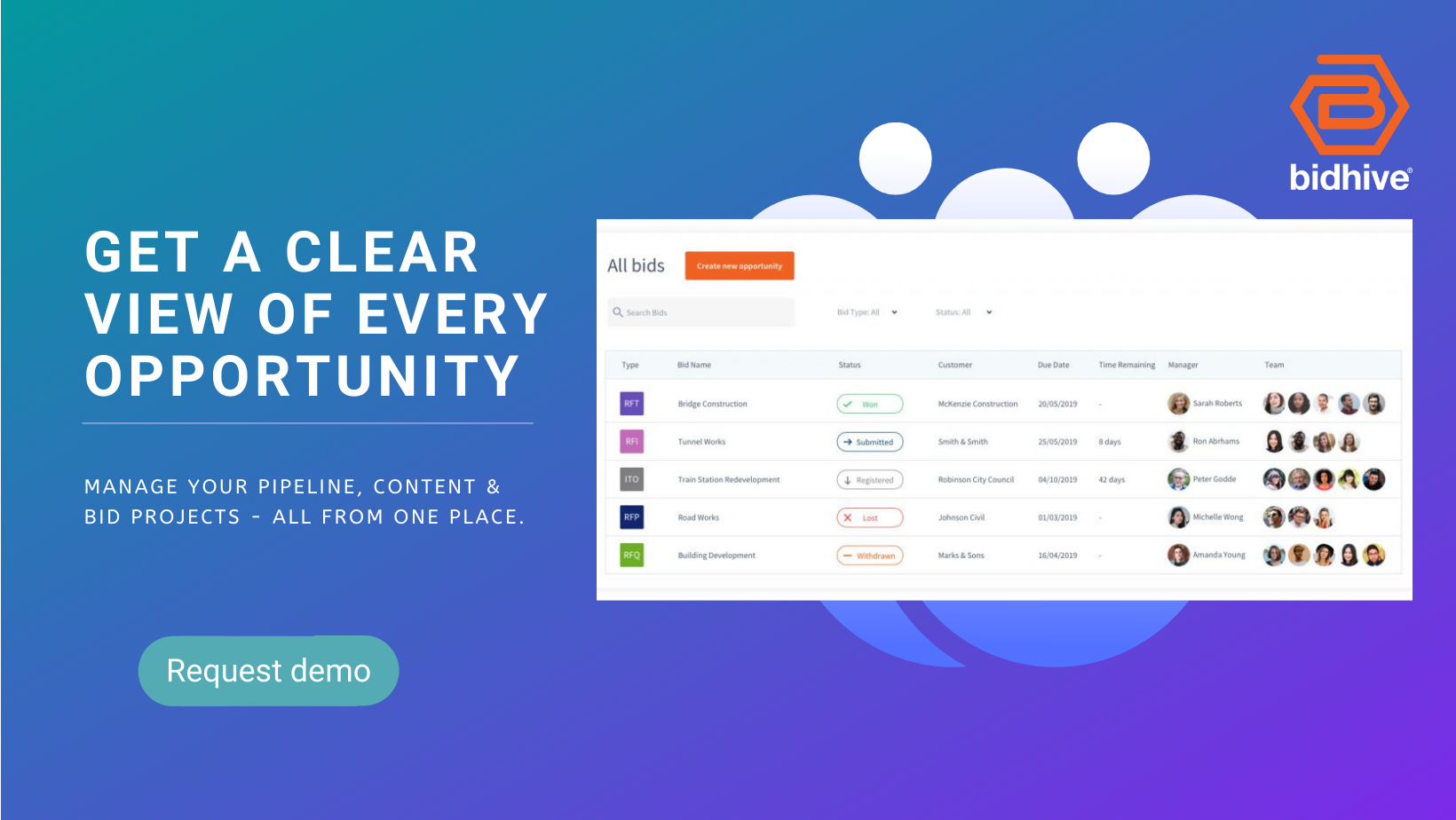
When to use an EOI versus RFP and RFT
International differences
Common areas of interest
- Environmental Management / Sustainability / Sustainable Sourcing
- Equal Opportunities / Diversity
- Corporate Social Responsibility
- Innovation
- Added Value
- Data Protection
- Supply Chain Management
As you can see, tender and bidding processes share a common set of terms. Understanding the different approaches to market and the basic procurement terminology that goes with them will help you make sense of the process, help you reduce the risk of misinterpreting the requirements or making errors in your proposals.


